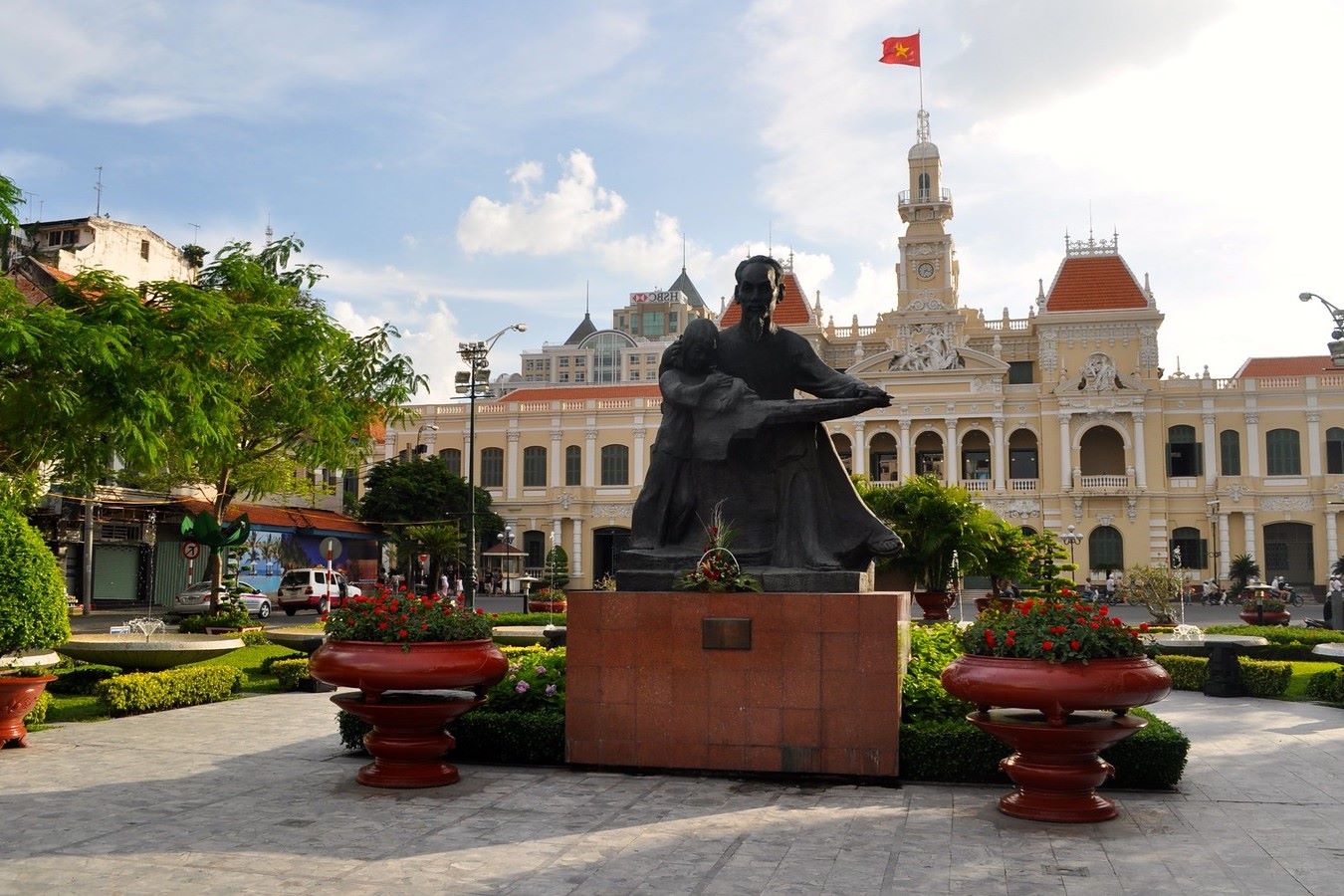Why Does Vietnam’s Largest City Have Two Names? The Mystery Of Ho Chi Minh City And Saigon

Ever wondered why Vietnam's largest city has two names? Known as both Ho Chi Minh City and Saigon, this bustling metropolis carries a rich history within its dual identity. The name Saigon dates back to the French colonial era, evoking images of old-world charm and historic landmarks. On the other hand, Ho Chi Minh City honors the revolutionary leader who played a pivotal role in Vietnam's path to independence. Whether you're exploring ancient pagodas or modern skyscrapers, understanding the story behind these names adds depth to your visit. Curious to learn more about this fascinating city? Let's dive into its intriguing past.
A Tale of Two Names
Vietnam's largest city, known both as Ho Chi Minh City and Saigon, carries a rich history and cultural significance. This duality often confuses visitors and even some locals. Let's unravel the mystery behind these two names and explore some key places that highlight the city's unique identity.
Historical Significance
The names Ho Chi Minh City and Saigon reflect different eras in Vietnamese history. Saigon was the name used during the French colonial period and the Vietnam War. In 1976, after the reunification of Vietnam, the city was officially renamed Ho Chi Minh City in honor of the revolutionary leader Ho Chi Minh. However, many still use Saigon, especially in informal contexts.
Reunification Palace: This landmark symbolizes the end of the Vietnam War when a North Vietnamese tank crashed through its gates in 1975. It's a must-visit to understand the city's historical transformation.
War Remnants Museum: Offering a sobering look at the Vietnam War, this museum provides context for why the city was renamed. Exhibits include photographs, military vehicles, and personal stories.
Cultural Vibrancy
Despite its historical weight, the city thrives with vibrant culture, blending traditional Vietnamese elements with modern influences. The name Saigon often evokes images of bustling markets and street food, while Ho Chi Minh City suggests a more formal, governmental aspect.
Ben Thanh Market: One of the oldest and most iconic markets, Ben Thanh is a sensory overload of sights, sounds, and smells. It's a perfect place to experience the Saigon vibe.
Nguyen Hue Walking Street: This modern pedestrian street is lined with shops, cafes, and historical buildings. It's a great spot to see the blend of old Saigon and new Ho Chi Minh City.
Architectural Wonders
The city's architecture tells the story of its dual identity. French colonial buildings stand alongside modern skyscrapers, each contributing to the city's unique skyline.
Notre-Dame Cathedral Basilica of Saigon: Built by French colonists, this cathedral is a stunning example of neo-Romanesque architecture. It's a reminder of Saigon's colonial past.
Bitexco Financial Tower: Representing the modern face of Ho Chi Minh City, this skyscraper offers panoramic views of the city. Its design is inspired by the lotus, Vietnam's national flower.
Local Life
Understanding the local way of life helps clarify why both names are still in use. For many residents, Saigon represents their daily lives, while Ho Chi Minh City is used in official contexts.
Pham Ngu Lao Street: Known as the backpacker district, this area is always buzzing with activity. It's a great place to meet locals and fellow travelers, capturing the essence of Saigon.
District 1: The heart of Ho Chi Minh City, District 1 is where you'll find government buildings, luxury hotels, and high-end shopping. It showcases the city's formal side.
Culinary Delights
Food is a crucial part of the city's identity. Whether you call it Saigon or Ho Chi Minh City, the culinary scene is diverse and delicious.
Banh Mi Huynh Hoa: Famous for its banh mi sandwiches, this spot is a favorite among locals and tourists alike. The flavors are quintessentially Saigon.
Com Nieu Sai Gon: Offering traditional Vietnamese clay pot rice, this restaurant provides a taste of the city's culinary heritage. The name itself pays homage to Saigon.
Conclusion
The dual names of Vietnam's largest city reflect its complex history and vibrant culture. Whether you call it Ho Chi Minh City or Saigon, each name offers a different lens through which to experience this fascinating metropolis.
Understanding the Dual Identity
Ho Chi Minh City and Saigon represent the rich history and culture of Vietnam. The name "Saigon" harks back to the city's French colonial past, while "Ho Chi Minh City" honors the revolutionary leader who played a pivotal role in Vietnam's independence. Locals and visitors use both names interchangeably, reflecting the city's blend of old and new.
Exploring this vibrant city, you'll notice how its dual identity shapes daily life. From the bustling markets of Saigon to the modern skyscrapers of Ho Chi Minh City, each name tells a part of the story. Whether you're wandering through historic districts or enjoying contemporary attractions, understanding the significance of both names adds depth to your experience.
Next time you visit, remember the history behind the names. It’s a reminder of the city's journey through time and its ongoing evolution.

